Sancheti institute College Of Physiotherapy organized a workshop on SPINAL-CORD INJURY REHABILITATION on 2nd August 2014 for final year BPTh students of Sancheti institute College Of Physiotherapy .
Course instructor was Dr. Gajanan Bhalerao (PT) MPTH Neuro, Associate professor, Sancheti College of Physiotherapy & HOD Physiotherapy and Rehabilitation Sancheti Hospital, Pune.
Earlier We used to teach this in lecture format in regular class room teaching with didactic lecture. Last Few years we are doing in a workshop format where there get to learn the whole topic in 1 -2 days. This helps in continuity of lectures and practical demonstration, assessment and handling on patient.
In this course 42 students attended the work shop. The workshop included the neuro anatomy, mat exercises, transfer training, ambulation training etc. Participant were taught how to set the goals according to level, severity and available period of admission, OPD bases taking into account his lifestyle, contextual and environmental factors in his own home/village/town/city.
Practical demos of treatment on patients was shown. Different techniques of facilitation of control/strengthening was demonstrated on patients with incomplete cord injury TYPE B/C/D/E. Two quadriplegic who were showing type A in first few months were called in the workshop who are now high functioning walking independently. Indications and contraindication of different orthotics and prescription of orthosis taught .
Workshop details
| Saturday – 2nd August 2014
|
| Registration and breakfast |
Introduction
- Overview of anatomy of spinal cord
- Incidences of SCI
- Classification of SCI
- Clinical syndromes
- Physical effect of spinal cord injury
- Levels of injury & functional abilities
|
| Physical therapy evaluation and goal setting; ASIA scale |
| Functional goals & Strategies for functional rehabilitation |
| Case Studies |
| Evaluation |
| Treatment |
| Assessment, prescription & Wheel chair ambulation training |
| PWB Treadmill Training role of Central pattern generators(CPG) |
| Orthotic prescription |
| Stair case climbing training |
| Gait training. |
| Bladder and Bowel training |
| Bed sore prevention |
| Role Of Stem Cell Therapy |
Participant’s Feedback on course content and training was taken at the end of both day. All the students like the detailed anatomy and its clinical apllication, differential diagnosis & classfication of different spinal cord injury. Every learned a lot from the lab session of ASIA assessment on patients. On post workshop feedback all the participaants reported that, they leanred lot of new techniques of faciltation, multiple alterantive methods for bed mobility, transfers and ambulation training, wheechair modification, Orthotic fixation, and Role of steam cell in SCI rehabilitation. Everone extreamely satisfied.
STUDENTS FEEDBACK
PRIYAMWADA HINGE
THE SCI WORKSHOP WAS VERY HELPFUL.I learnt how to have a positive perspective about treatment of SCI patients by looking at what we can make them do rather than what they can’t do at the given time.
The actual practicals done on the patient were good
I learnt how to formulate goals for the patient and what my actual goal should be i.e. making my patient functionally independent as much as possible.
I also learnt the scales how I would document the case.
WORKSHOP ADVANTAGES
Is conducted at a stretch, so the continuity link is helpful.
We got to be in a different atmosphere ,we had a feeling that we are here to learn something different and important, so I think we were more attentive.
DISADVANTAGES
If it is for a long time, it becomes tiresome.
RUDRI PUROHIT
ADVANTAGES
We got to know about the details of SCI, their mechanism, evaluation, assessment and management.
Most important thing was that we got assess patients and actually see how difficult it is and it isn’t the same to practice on normal individuals.
Plus it is important that if you are teaching a para or a quadri transfers, then you as a therapist must know to do it very well.
WORKSHOPS attract better participation of students than lectures.
Clinical exposure was there and the experience was great.
We got to prioritize the treatment methods.
BAD POINTS
Instead of one day, we could split it into 2 days.
SHARWARI MUTSADDI
I LEARNT:
Depending on the segmental level, there is a certain functional level of independence which can be attained.
Different types of orthosis which can be used.
Mat exercises
-Transfers
-Walking
-Bed mobilizations
Driving rehab.
Goal setting in different conditions.
Wheelchair mobility.
Advantages
Stimulated us to think.
Showed us practically on patients.
PPT and pictures were good.
Workshop environment was good.
Disadvantages
Workshop was too long
JAYDEEP SAMANT
ADVANTAGES.
We got to know about ‘what can we do’; rather ‘what is to be done’.
The inclusion of actual patients helped getting a hands on of the techniques demonstrated.
DISADVANTAGES
We could have had skipped accessory discussions like vehicle modifications rather made that discussion shorter to give more time to other topics.
We hope we can have such a workshop again after a certain fixed time so as to apply techniques learnt in lectures in that timeframe.
DEEPALI SHETH.
ADVANTAGES
One of the best method of learning is practically on the patient and is very helpful for understanding.
DISADVANTAGES
Just one day is not enough to learn about SCI
Becomes a bit saturating if tried to fit in one day.
THINGS I LEARNT
Function oriented Rx planning.
Gave us a more practical thinking.
HARDI SHAH
ADVANTAGES
Understood very nicely on seeing it on the patient.
Management was taught well.
Practicals shown on wheelchair and mat were well understood.
Workshop teaching is very interesting because it concentrates on powerpoint as a theory part and on patient evaluation and management as a clinical part.
I learnt to classify SCI and understand level of injury.
How to manage the patients Rx and meet his/her functional goals was taught well.
It was an interactive workshop which made us think a lot and put forward our ideas and doubts.
I didn’t find any bad points. I have learnt a lot.
UNNAMED
ADVANTAGES
Workshop pattern was very interactive.
Interesting than classroom lectures.
Learning on patients was the best way.
I LEARNT.
Proper assessment in paraplegics.
Short and long term goal management.
NENCY MEHTA
Todays workshop was of great benefit to us. Many wrong concepts were cleared and the most important part was the practical examination on the patient. Every topic should be covered in this manner only.
The main doubt was planning management for quadriplegics, which got cleared, and also going about outcome measures, priority for each patients, how it differs and functional training is the utmost important final step was understood.
It was well understood. It was very innovative and very different from regular classrooms.
I had wrong concepts for how to judge the level of injury, which I understand after this workshop, and I will now be able to assess patients in a better way.
Thanks a lot sir, it was of great help.
Looking forward to the next workshop.
ABOLI AJGAONKAR
ADVANTAGES
Very helpful workshop and got to learn about transfers and modifications which can be done to aid the
Patient needs.
Practicals on patients was a good teaching method. Please have many more like these.
Mat exercises done on normal people don’t tell us about its complexities, so doing so on patients helped us correct our techniques.
DISADVANTAGES
It was hectic.
NAFISA MOTIWALA
ADVANTAGES
Effective as it was patient based.
Pictures and ppt were effective.
Was a very interactive session.
Learnt management in a better way
DISADVANTAGES
Was conducted for a long time.
SONAL GHUGARDARE
ADVANTAGES
Learning practically on the patients was helpful
No need to refer books for basic management.
DISADVANTAGES
Assessment should’ve been also taken in detail ( along with functional scales)
SAYALI KHEDEKAR
GOOD POINTS
Interactive sessions, make learning easy, as questions asked by others clear doubts.
Less monotonous.
Patients took part in our session and helped us imply our knowledge. Hence, made us learn applicability of physiotherapeutic techniques.
Good hands on.
Made clear of short term and long term goals in para and quadri patients
Mat exercises helpful.
Would help in Rx, assessment and planning in future and also on patient.
BAD POINTS
The session could have been more topic and time oriented but in all was a good experience.
CHETNA VARMA
ADVANTAGES
Workshop pattern helped us understand better.
A classroom lecture before the workshop helped us grasp better,
Management of Rx with help of patient helped retain things better.
Additional points with ppts helped clear the picture about orthosis,etc
Now, assessing SCI patients is easier.
Mat exercises are now more thorough.
DISADVANTAGES
Time management was bad.
UNNAMED
GOOD POINTS
The workshop was very interesting and practical demos were helpful.
Was not boring due to interactions and my neuro doubts were cleared.
BAD POINTS
Was too long, I feel multiple shorter sessions would serve the purpose.
ABHISHEK GUJAR
Injury levels were explained and on patient demos were very good.
Very good demos on wheelchair transfers.
Different types of transfers well shown.
Self practice made us understand better.
KHUSHBOO TAHILRAM
GOOD POINTS
Workshop pattern is very good.
Environment change helps in learning.
Teaching method to include practical examples of patients helped us see approaches and problems. Was not ABSTRACT.
BAD
Was a little too stretched, by the end of the day, saturation.
WHAT I LEARNT
Practical ways to handle a patient
Handling skills
Open minded approach to Rx
Goal setting as per patient needs
Activity oriented goal setting
Positive attitude of therapist to goal outcomes
SUPRIYA DHADDHA
The workshop was more practical and management orientedwith hands on, on the patient
Practical knowledge on how to plan Rx of patient in relation to his or her need and not just focus on the objective management like ROM and strength training.
The ppt and viedos helped us understand more about actual patients and how they do ADLs even after this trauma
Various modes of management were taught in a patient and also setting Long and Short term goals was taught nicely.
Workshop training is more interesting and we pay more attention in it.
RUCHA DESHPANDE
GOOD POINTS
One of the best method to learn, practical on patients helps us understand better
Better than classroom lectures.
Practically used methods were focused upon rather than textbook methods
BAD POINTS
One day isn’t enough to learn about SCI. It becomes saturating and hectic.
THINGS I LEARNT
Function oriented Rx planning.
Practical thinking.
DIVYA DESAI
GOOD POINTS
Interactive and interesting.
The practical demonstrations on the patients and wheelchair demonstrations helped us learn better.
Understanding how to treat a SCI patient on the basis of patient’s current disabilities helped us learn better rather than learning it in a classroom by imagining a case.
Planning management of SCI patients is easier as we know what lies in short and long term goals.
More such sessions should be held.
ANAY DESAI
Sir, it was a marvelous experience.
I understood the Rx part which is more important than the theory part.
On patient eval and Rx was a good idea.
GOOD POINTS
Very good idea to change the place as classrooms give a monotonous feel.
Demos were helpful
Very well managed by sir and coordinators. No time wasted
BAD POINTS
I feel 9 to 5.30 is too much CNS on CNS load.
KINJAL SANGANI
GOOD POINTS
On patient skills.
Proper clinical exposure
To plan Rx as per patients activity and participation.
Don’t actually work on impairment.
Workshop is way better than classroom teaching or seminars.
Got to know assessment and using ASIA scale
Transfers, pre ambulatory training was helpful.
How to reduce therapist load with proper use of biomechanics.
How to give commands.
BAD POINTS
It is difficult to transfer patients in case therapist strength is less.
What should be the modification in relation to this?
MAYURI CHAUDHARI
GOOD POINTS
Explanation with a lot of examples.
On patient demos.
Management protocols
95% understanding
Proper understanding of wheelchair ambulation and transfer.
ASIA scale description
Change of environment helped understanding
Explanation of each goal
WHAT I LEARNT
I understood it better on the patient and also the wheelchair transfers and ambulation.
KRUPA DOSHI
The workshop was very effective, way better than classroom lectures.
Was effective as we learnt to assess the level of injury by myotomes and also what to expect from the patient.
We learnt that functional activities are more important than strengthening.
We learnt to look at the bigger picture rather than focusing on individual impairments.
BAD POINTS
It would be better if we got more patients and more groups so all of us could practice.
In the end, if you would have had given us a simulated case for us to assess and plan the Rx on a model it would’ve been better.
KALYANI SHIVARKAR
GOOD POINTS
Workshop format helped understand SCI better.
Theory and practical were both covered well
Functional independence, activity and participation should be the goals of Rx, I will never forget that
Learnt a lot of transfer methods.
Overall, workshop teaching was way better than classroom teaching.
GEETARANI MATURI
Patient management was taught very well
Education about orthosis and prosthesis was helpful
Theory was minimum
Learnt well about patient Rx,evaluation, handling and transfers very well
Workshop pattern was better than classroom pattern.
BAD POINT
Did not understand lecture towards the end as it was saturating.
WAGEESHWARI MADGULKAR
GOOD POINTS.
Really helpful workshop
Practical format helped understand better
Transfer methods and rehab part were taught well
Unclear concepts were cleared.
BAD POINTS
Many things were taught in a short time, so towards the end, it was less understood.
WHAT I LEARNT:
Methods of transfer and patient handling
Stepwise and easy rehab management of SCI patients.
RUJUTA RAUT
GOOD POINTS
Was a good learning experience and a good amount of demos were included.
Live practical on patient demos helped understand various problems faced while actually treating.
All doubts adequately cleared.
Was a better environment than a classroom
WHAT I LEARNT:
My doubts about orthotics were classified to great extent.
Goal setting was well classified.
Patient eval will now be easier
Learnt importance of patient interaction and proper commands
SAANIA KASLIWAL
GOOD POINTS
We liked the way it was conducted
Practical demos was the best part.
Many doubts were solved
Now we can go about with the management of SCI patients.
It will be really helpful for our future.
BAD POINTS
Time duration was very long
WHAT I LEARNT:
Management of SCI patients
Handling skills
Orthotics was taught
Wheelchair transfers were shown.
PRIYA GOGRI
GOOD POINTS
Workshops are a better way of teaching and I was more attentive throughout the workshop than I would be in the class and grasped very well.
We could practically see on patients and imply our learning directly on them.
Doubt solving played a great role in understanding the topic.
BAD POINTS
The workshop duration was a little too much, as in the end, it was a bit too over my head and couldn’t concentrate well in the end.
MEENAKSHI KADAM
ADVANTAGES
On patient learning is the best way of learning.
Hands on was better than classroom lectures.
Two way interactions were better than classroom lectures.
Change of environment.
DISADVANTAGES
Time limitation is a major setback.
WHAT I LEARNT:
80% of SCI doubts cleared.
Learning and interaction abilities improved
My goal of treating disabilities turned into making the patient independent.


















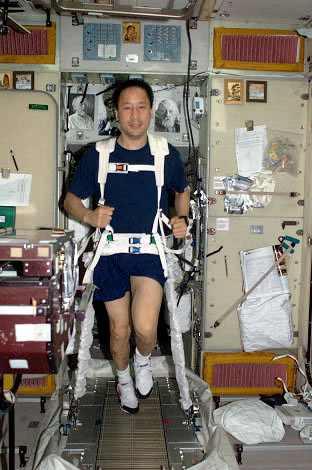































































































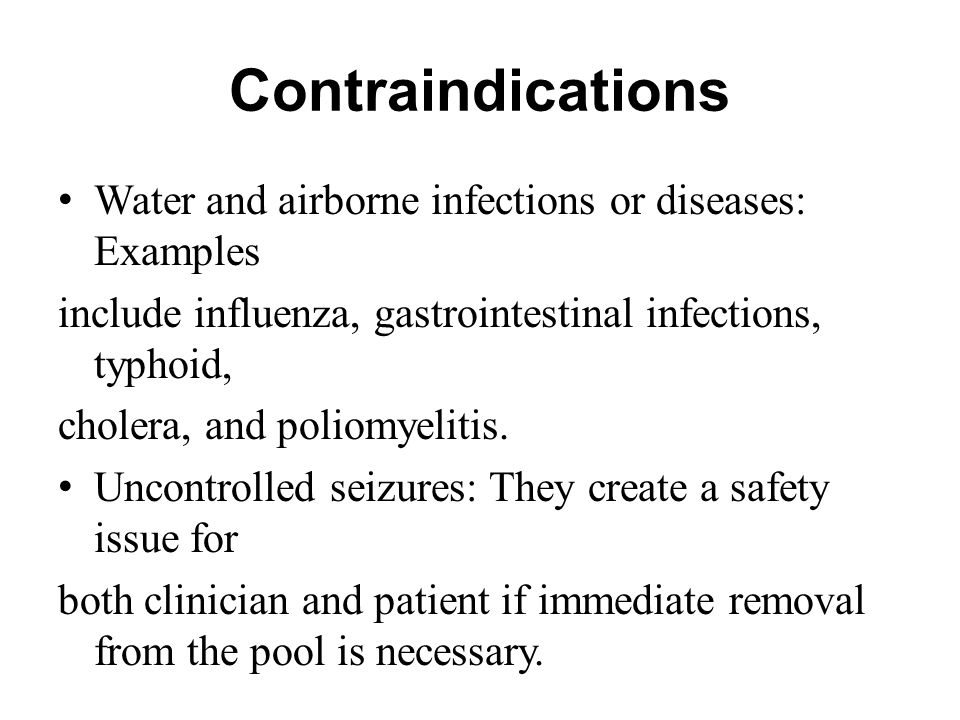 Frequently Asked questions about Aquatic therapy ?
Frequently Asked questions about Aquatic therapy ?




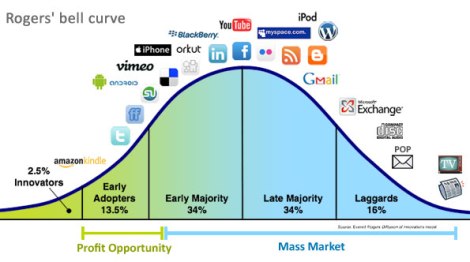





 4. These program are well organised and well conducted
4. These program are well organised and well conducted

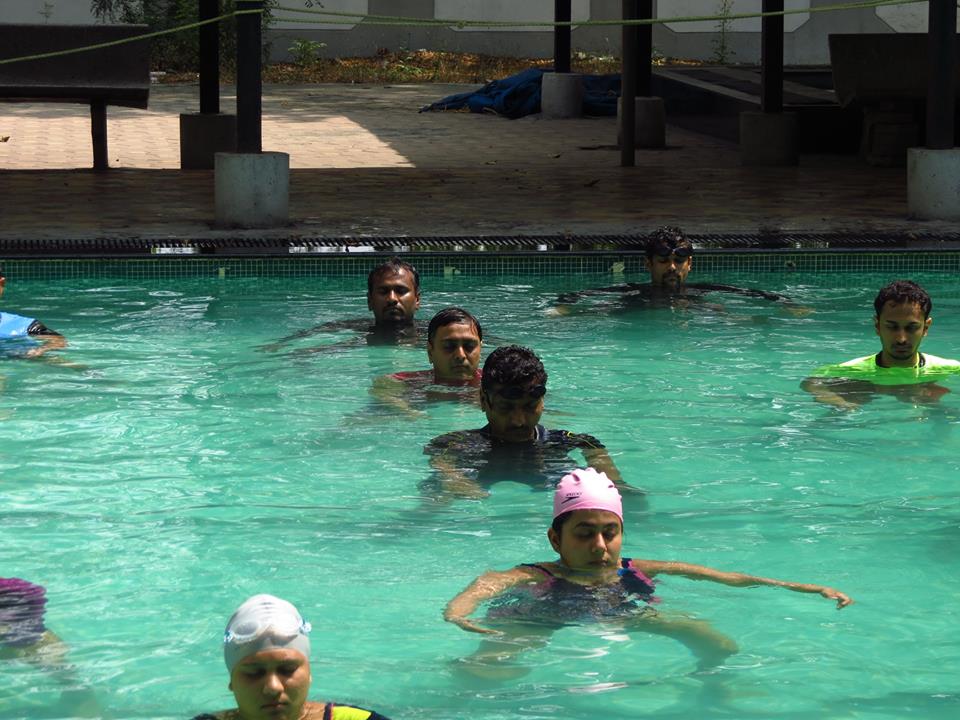
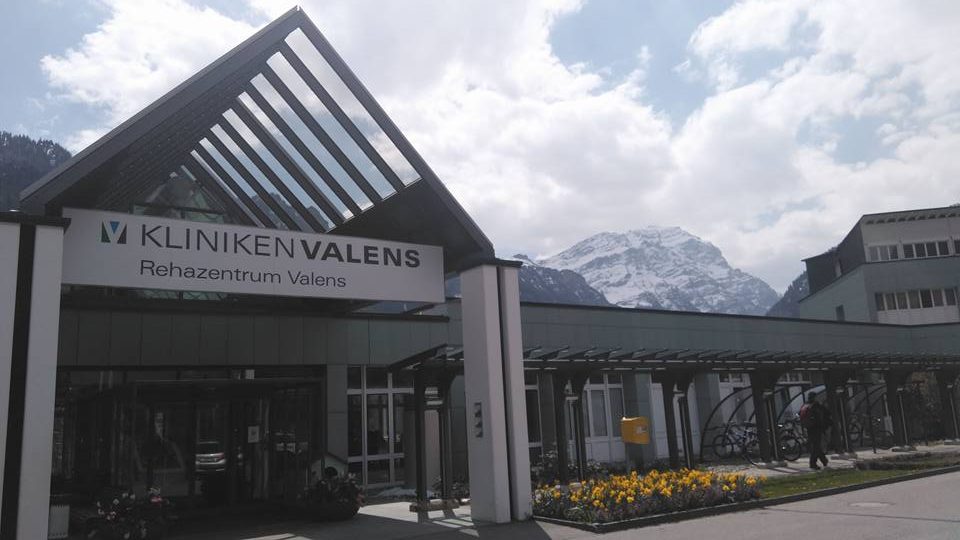























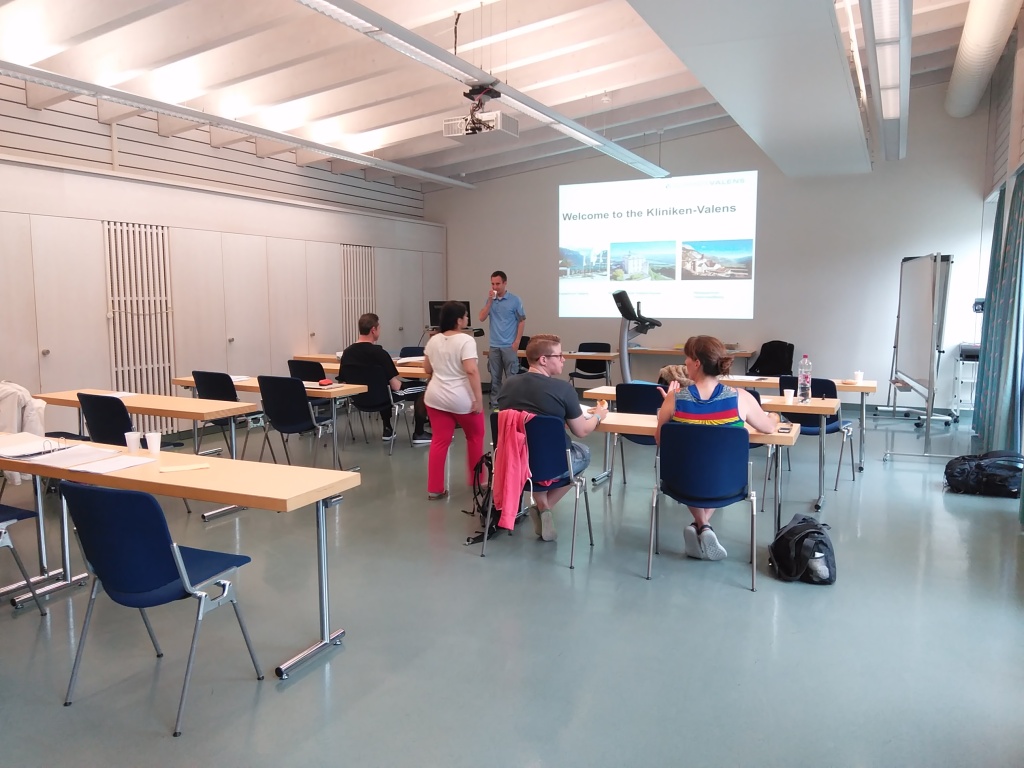












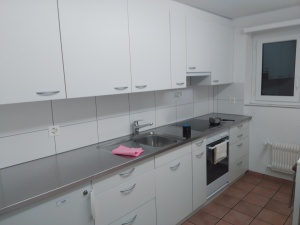
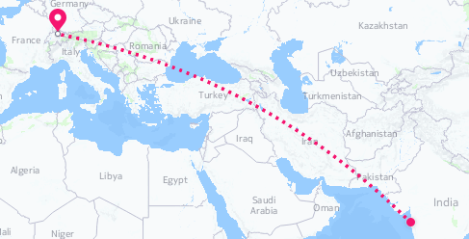 Mumbai to Zurich
Mumbai to Zurich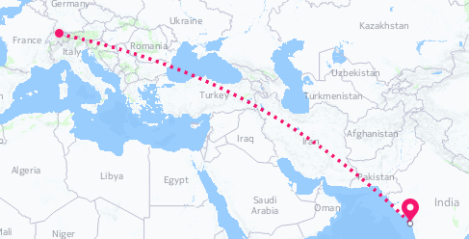 Zurich to Mumbai
Zurich to Mumbai
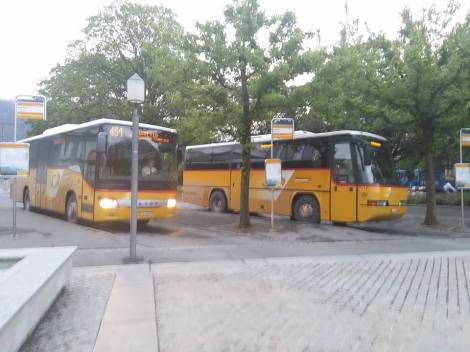


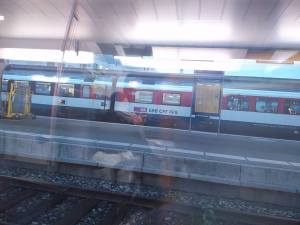
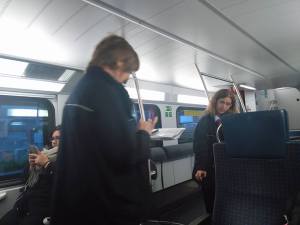




















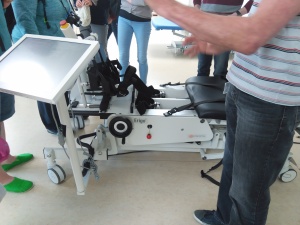









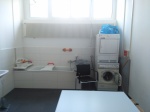






























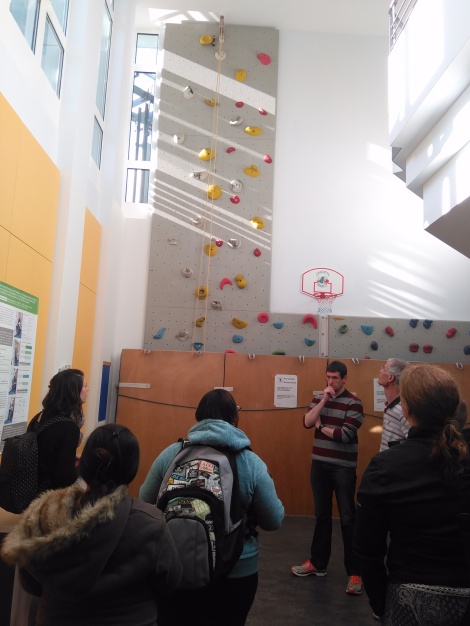



























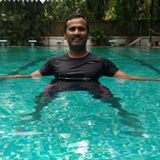






















You must be logged in to post a comment.